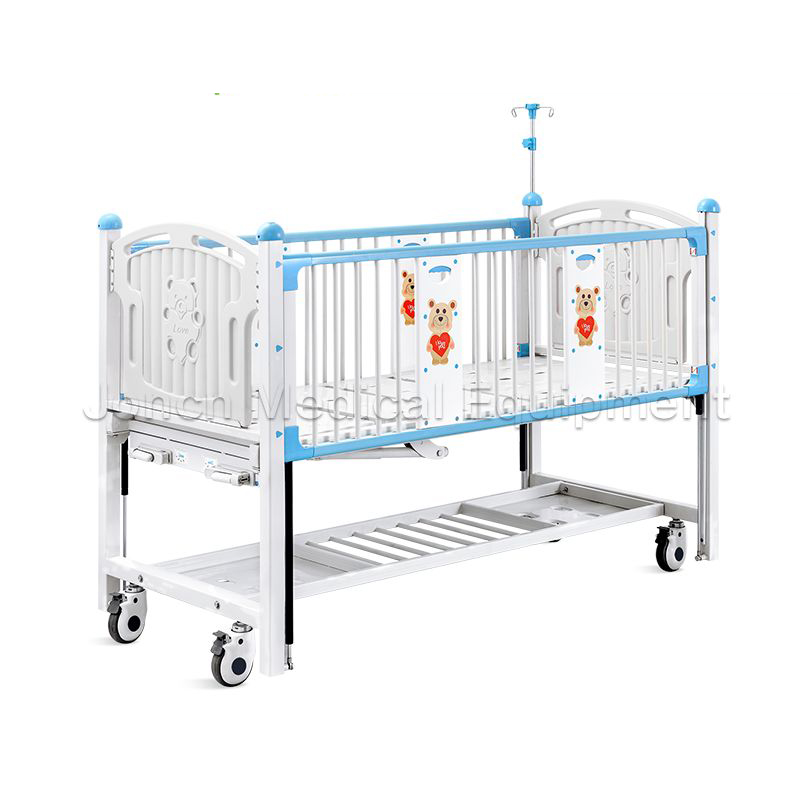
Design and Functionality
Medical trolleys come in various designs, tailored to specific medical needs. Common types include medication trolleys, emergency trolleys, and surgical instrument trolleys. Each type is equipped with features that facilitate their intended use. For example, medication trolleys are often designed with secure locking mechanisms to safeguard controlled substances, while surgical instrument trolleys are engineered with compartments that allow for organized storage of tools.
The materials used in constructing medical trolleys are also crucial. Stainless steel is a popular choice due to its durability, ease of cleaning, and resistance to corrosion. This ensures that the trolleys can withstand the rigorous demands of a healthcare setting, where hygiene is paramount. Additionally, many trolleys feature smooth-rolling wheels, allowing for easy maneuverability even in crowded environments.
Enhancing Workflow Efficiency
One of the primary advantages of medical trolleys is their ability to streamline workflows within healthcare facilities. By consolidating essential supplies in a mobile unit, healthcare professionals can save time that would otherwise be spent searching for equipment across the facility. This is especially important in emergency situations, where every second counts.
Moreover, medical trolleys can be strategically placed in various departments, such as emergency rooms, operating theaters, and patient care areas, ensuring that the necessary supplies are always within reach. This accessibility not only enhances efficiency but also reduces the risk of cross-contamination, as healthcare workers can keep their stations organized and clutter-free.
Customization for Specific Needs
As healthcare evolves, so do the demands on medical trolleys. Manufacturers now offer customizable options that allow healthcare facilities to tailor trolleys to their specific needs. This includes adjusting the number of drawers, adding specialized compartments for specific tools, or integrating technology like electronic locks and built-in charging stations for medical devices.
For example, in a pediatric ward, a medical trolley may be designed with bright colors and child-friendly features to create a more comforting environment for young patients. In contrast, an intensive care unit may require a more functional design, focusing on rapid access to life-saving equipment.

The CD180001 manual controlled multi-functional baby nursing bed with guardrails is a pinnacle of safety, functionality, and comfort for your young patients. With precise technical specifications like...
See Details
The outdoor camping lightweight portable folding sleeping air mattress is designed for comfort and convenience during your outdoor adventures. This air mattress features a 2.5” Bubble pad arrangement ...
See Details
Our ST200023 -aid medical collapsible aluminum alloy ambulance stretcher with wheel is designed to provide the convenience and safety during patient transport. Crafted from high-strength aluminum all...
See Details
Medical treatment electric dental chair for dentistry departments, designed to elevate patient care and clinical efficiency. This advanced chair operates on both AC 220V/50Hz and 110V 160Hz power sett...
See Details
The ergonomic emergency trolley by Joncn Medical Technology is designed with future changes in needs in mind and can be adapted to new medical equipment and technology by adding additional storage uni...
See Details
High-quality emergency powder-coated steel trolley, a robust solution meticulously crafted for versatility and durability. Engineered from premium steel and fortified with a specialized powder coating...
See DetailsIf you are interested in our products, please consult us
Products
Mobile terminal